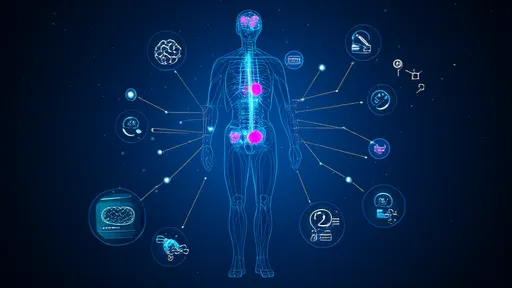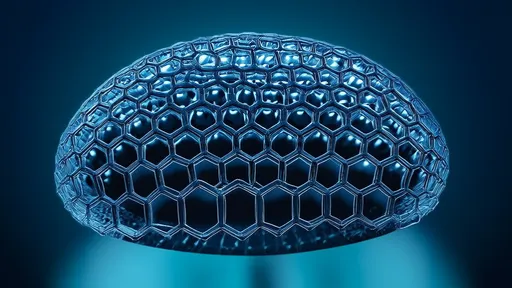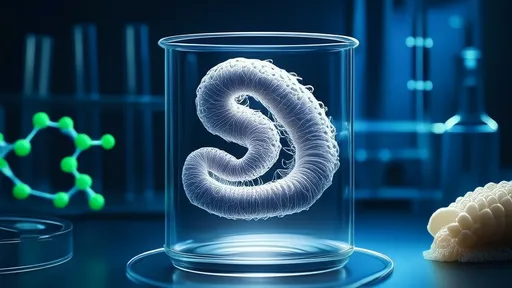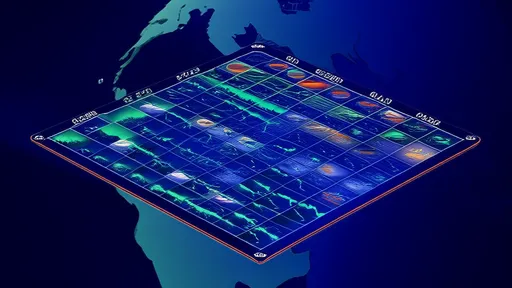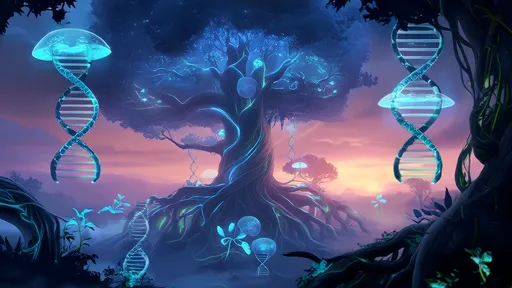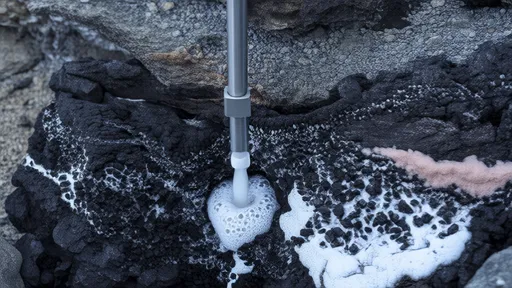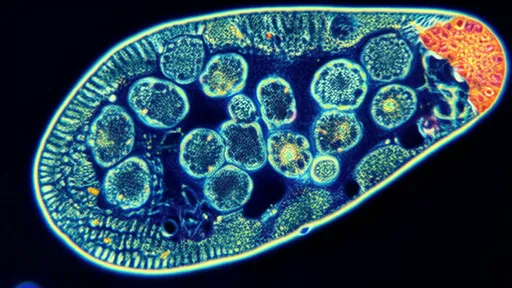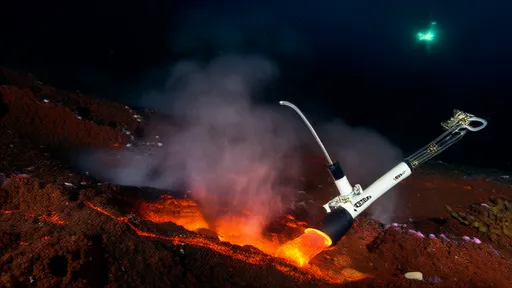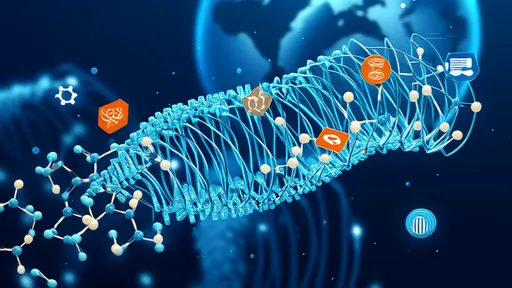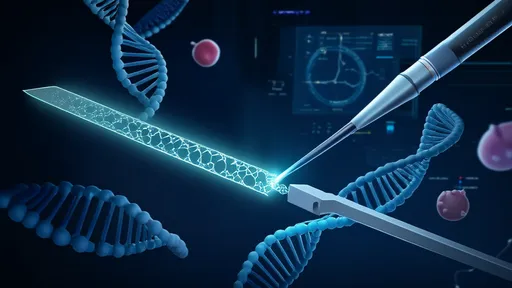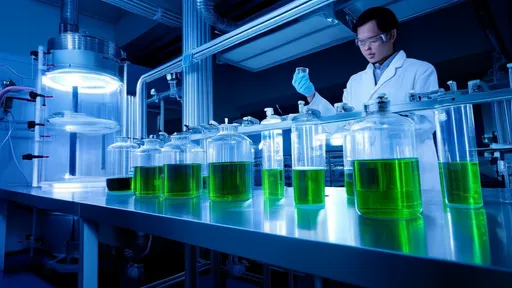The world of structural biology has undergone a quiet revolution in
the past decade, with cryo-electron microscopy (cryo-EM) emerging as
the powerhouse technique for visualizing biomolecules at near-atomic
resolution. This technological leap has coincided with the rise of a
remarkable global resource – the Protein Data Bank (PDB) – which has
evolved into a living atlas of three-dimensional protein structures
freely available to researchers worldwide. The intersection of these
two phenomena is reshaping how we understand life's molecular
machinery.
At the heart of this transformation lies the stunning improvement in
cryo-EM capabilities. Where once this technique produced blurry,
low-resolution images suitable only for large complexes, modern
detectors and computational processing now routinely deliver
structures below 3Å resolution. This precision rivals traditional
X-ray crystallography while avoiding its greatest limitation – the
need to grow protein crystals. Suddenly, membrane proteins, massive
complexes, and flexible molecules that resisted crystallization for
decades are revealing their secrets through cryo-EM's lens.
The global structural biology community has responded to this
capability explosion with an unprecedented spirit of collaboration.
Every cryo-EM structure deposited in the PDB becomes immediately
accessible to any researcher with an internet connection, creating a
virtuous cycle where each new structure accelerates future
discoveries. This open-access philosophy stands in stark contrast to
earlier eras of competitive structural biology, where research groups
might guard their hard-won structures for months before publication.
What makes the current system remarkable is its scale and immediacy.
The PDB now houses over 200,000 biomolecular structures, with cryo-EM
entries growing exponentially – from just a handful annually in the
early 2010s to thousands each year today. These aren't static
snapshots either; many entries include multiple conformational states,
offering glimpses into protein dynamics. For pharmaceutical
researchers, this means being able to download the structure of a
disease-related protein and begin drug design within hours of its
deposition.
The implications for global health are profound. When Chinese
researchers determined the first cryo-EM structure of the SARS-CoV-2
spike protein in early 2020, the data was available worldwide within
days. This rapid sharing enabled vaccine development to begin before
many countries had reported their first COVID-19 cases. Such timely
structural insights would have been unimaginable during previous
pandemics, when structural biology moved at a glacial pace and sharing
happened only through formal publications.
Behind the scenes, an intricate ecosystem maintains this global
resource. Regional data centers in the US, Europe, and Asia
collaborate to curate and validate every submission, ensuring
consistent quality standards. Sophisticated visualization tools like
Mol* and NGL Viewer allow researchers to interact with structures
directly in web browsers, eliminating the need for specialized
software. Perhaps most importantly, deposition policies require
researchers to make their data public – no paywalls, no embargoes,
just science moving at digital speed.
Yet challenges persist in this cryo-EM-powered structural democracy.
The technique remains expensive, with top-tier microscopes costing
over $7 million, plus substantial infrastructure needs. This creates
disparities where wealthy institutions produce most structures while
developing nations struggle to participate. Some researchers worry
about quality control as the flood of cryo-EM structures grows, noting
that not all depositions receive equal scrutiny. And the very ease of
access raises questions about how to properly credit the scientists
who dedicate years to solving particularly challenging structures.
Looking ahead, the cryo-EM revolution shows no signs of slowing.
Next-generation detectors promise even higher resolutions, potentially
revealing hydrogen atoms and enabling true atomic-level drug design.
Artificial intelligence is beginning to predict protein structures
from sequence data alone, though experimental validation through
cryo-EM remains crucial. As these technologies mature, the global
protein structure library will likely expand beyond static snapshots
to include dynamic molecular movies showing proteins in action.
The true measure of this scientific transformation may lie in its
invisibility. Today's graduate students download protein structures as
casually as their predecessors once looked up textbook values,
scarcely realizing the decades of technological development and
cultural change that made such instant access possible. In this quiet
way, the global protein structure library has become biology's most
democratic microscope – one that anyone, anywhere can look through to
see the building blocks of life.
